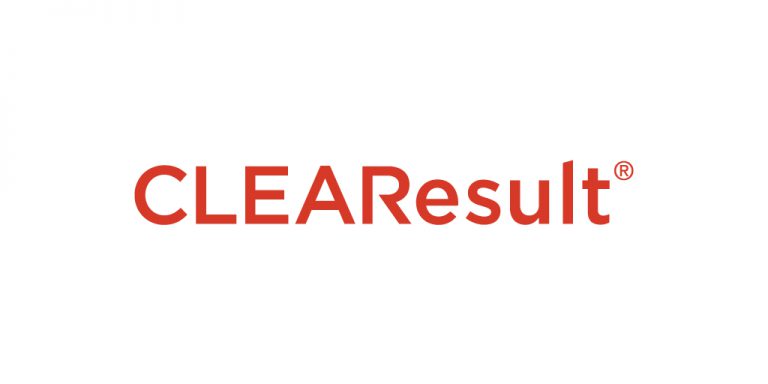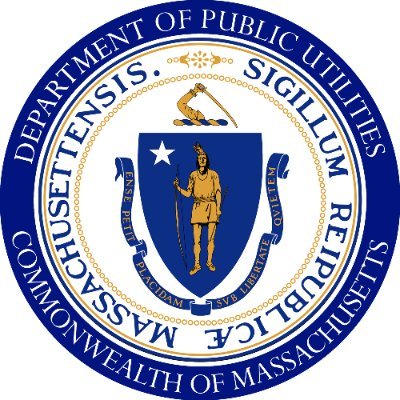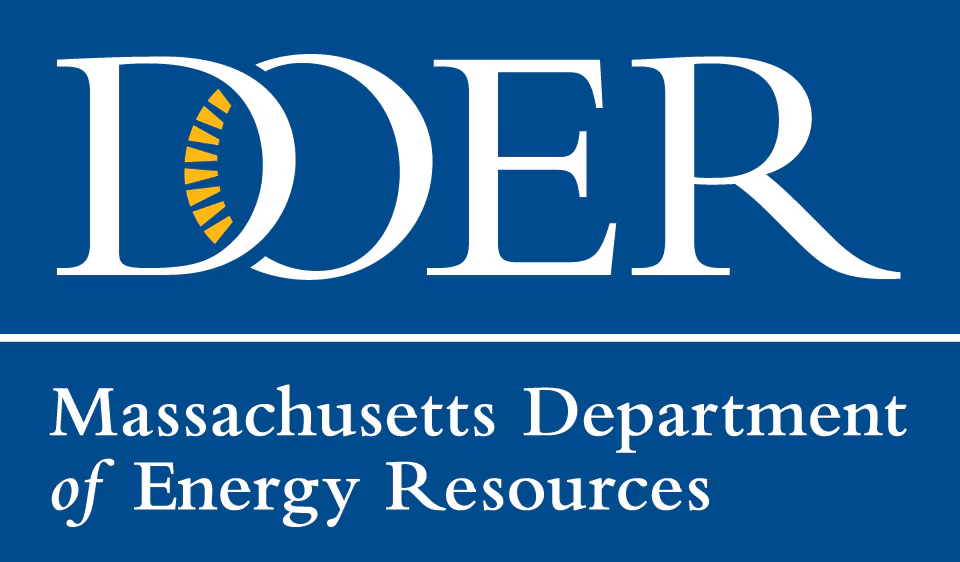Massachusetts
Overview
Massachusetts is among the country’s oldest and largest community solar markets; deployment slowed in recent years but key program updates were adopted in 2025
Latest Massachusetts Policy Updates
June 2025
On June 20, 2025, the Department of Energy Resources released updates to the SMART program in the form of emergency regulations, which take immediate effect but can still be revised after public comments. The new regulations include two parts: minor updates to the existing SMART rules and a separate section of regulations for this new iteration of SMART. Capacity will become available in the new program’s first year on October 15, with all future years kicking off at the beginning of January. Community solar projects in the new program will all deliver at least 40% of capacity with a minimum 20% discount to low-income customers, who can now be qualified via participation in assistance programs or self-attestation.
November 2024
The legislature has now passed the climate and energy package that it couldn’t get done in this year’s regular session – it includes two highlights for community solar: long-awaited reforms to siting and permitting and a concrete step toward the implementation of consolidated billing. The legislation kicks off a process for the DPU to investigate a net crediting option for NEM projects and, for AOBC projects, requires that the utilities implement a consolidated billing mechanism for low-income community shared solar projects. On updates to SMART, we’re still waiting for draft regulations.
September 2024
The next step toward SMART updates will be the release of draft regulations this fall. Our last update noted that the MA legislature failed to pass a climate package in 2024, which included key siting and permitting reforms. Since then, Governor Healey introduced a supplemental budget that includes the siting and permitting language, which should at least keep up the momentum going into 2025. Lastly, the DPU opened a new docket to review an Eversource proposal to create capacity for community solar projects built by developers but managed by Eversource.
August 2024
The Massachusetts legislature wrapped up its 2024 session without passing the climate package we were hoping for, which included key siting and permitting reforms, a mandate to implement net crediting, and the 10 GW distributed solar goal. It’s possible that the legislature gets back to work in an informal session, during which we’d expect to see the siting and permitting efforts get renewed attention, but otherwise they will pick back up for the 2025 session. On the straw proposal for updating SMART, the first stakeholder sessions have taken place and conversations with the Department of Energy Resources will continue until we see draft regulations in the fall.
July 2024
On July 10, the Massachusetts Department of Energy Resources (DOER) presented its straw proposal for updating SMART. Highlights include transitioning the program to an adjustable block structure, requiring that all community solar projects serve at least 40% of capacity to low-income customers, and adding both self-attestation and third-party program documentation as approved methods of income verification. Stakeholder sessions are being held during the last week of July and draft regulations will be released in the fall.
June 2024
The DPU finally announced – on June 4 – its long-awaited order for Phase II of the Solar Massachusetts Renewable Target (SMART) Program, which is home to the state’s community solar incentives. The order includes updates to crediting procedures, the low-income community solar programs, introduces an integration of community solar and municipal aggregation, and approves credit transfers across load zones in Eversource.
Program History
Administrators



CS Incentives
Solar Massachusetts Renewable Target
SMART is the state’s solar incentive program. It historically offered funding via a MW block model with a declining dollar-per-kilowatt hour incentive, but transitioned into an adjustable block program where incentive levels are assessed each year, per DOER’s SMART 3.0 regulations published in 2025
SMART 3.0 community solar incentives
- Community Shared Solar Tariff Generation Unit: capacity blocks and incentives are set annually by DOER; at least 15% of annual capacity is reserved for community solar and the incentive is dependent on project size
Previous community solar incentives
- Community Shared Solar: available in tranches of 60 MW with declining incentive rates
- Low-Income Community Shared Solar (LICSS): available in tranches of 80 MW with declining incentive rates
Community solar credit rate
- Net metering (NEM): a volumetric crediting approach that was the original compensation mechanism for community solar – there was also a second iteration of NEM crediting for community solar, which was 60% of the full NEM value
- Alternative On-Bill Credit (AOBC): the current compensation mechanism that is based on the basic service rate (for each utility) of the host account
Utilities



Subscribers
Anchor subscribers
- Maximum 2 subscriptions larger than 25 kW which cannot combine for more than 50% of the project
Small subscribers
- 50% of the project capacity must be made up of subscriptions 25 kW or smaller
SMART 3.0 low-income subscriber carveout
- Minimum 40% of project capacity to eligible subscribers at a 40% discount or minimum 15% of project capacity to eligible subscribers at a 100% discount
LICSS subscriber carveout
- Minimum 50% of project capacity to eligible subscribers but the LICSS adder payments are made for all capacity that is subscribed by LICSS-qualified customers
Low-income subscriber eligibility options
- Self-attestation
- Geo-eligibility
- Categorical eligibility (proof of participation in an approved program)
- Receive a reduced utility rate
Billing
Billing type
- Dual billing is currently offered but DPU is slowly moving toward consolidated billing
Credit banking
- Credits from unsubscribed energy are banked at the project level until the date at which each utility processes its annual cashout for banked credits that remain on the host account. The payment is based on a ratio of the locational marginal price to the project’s average basic service rate
- Subscribers can bank excess credits indefinitely
Get PDF by email
Share your feedback
Contact our policy team
Don’t Miss Critical Market Updates
Get the latest policy news, articles, and resources, sent straight to your inbox every month.
On this page
Policy hub map
Select a state


